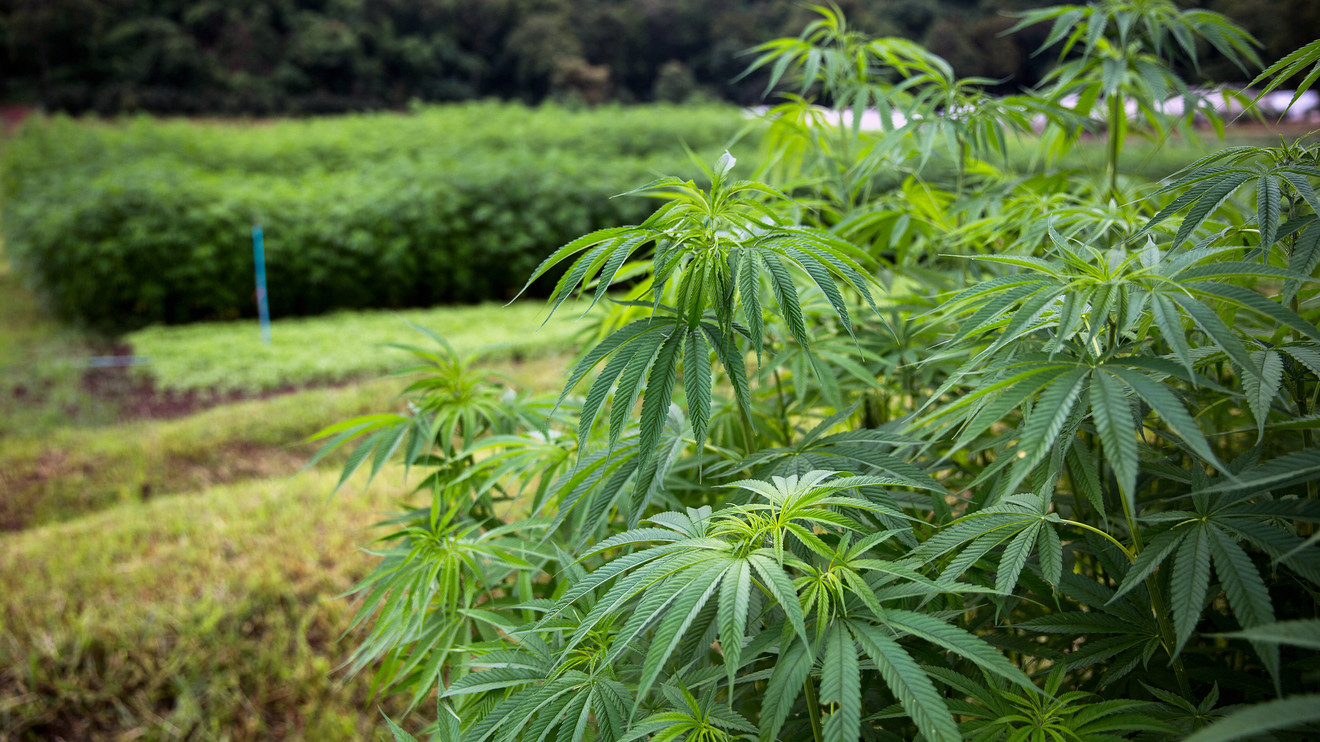
Hemp Nation One is an online community dedicated to promoting the benefits of hemp and its various products. As an editor, you can help build this community and create valuable content for hemp enthusiasts. Joining Hemp Nation One as an editor provides an opportunity to showcase your writing skills, share your knowledge about hemp, and connect with like-minded individuals.
Join Hemp Nation One as Editor
Becoming a Hemp Nation One editor is easy and free. All you need is a passion for hemp and a willingness to share your knowledge with the community. Simply fill out the online application form, and the Hemp Nation One team will review your submission. Once approved, you will have access to a wealth of resources, including content guidelines and editing tools.
As an editor, you will have the opportunity to work with a diverse group of writers, bloggers, and experts in the hemp industry. You can help shape the direction of the community by providing feedback on content, suggesting new topics, and participating in discussions.
Build Community with Your Writing Skills
Writing is a powerful tool for building community, and as a Hemp Nation One editor, you can use your skills to create engaging content that resonates with readers. Whether you are an experienced writer or just starting, you can contribute to the community by sharing your knowledge, insights, and personal experiences.
By writing about hemp-related topics, you can help educate others about the benefits of hemp and its potential to improve people’s lives. You can also help break down misconceptions and stereotypes about hemp and its users.
Create Valuable Content for Hemp Enthusiasts
As an editor, you will have the opportunity to create valuable content for Hemp Nation One’s audience. This includes articles, blog posts, videos, and other types of content that are informative, engaging, and relevant to the community.
You can write about a wide range of topics related to hemp, including its history, uses, benefits, and potential applications. You can also explore emerging trends in the hemp industry, such as new products, innovations, and research.
By creating valuable content for Hemp Nation One, you can help establish the community as a trusted source of information and insights for hemp enthusiasts around the world.
Collaborate with Other Editors and Contributors
As an editor, you will have the opportunity to collaborate with other editors and contributors to create high-quality content for the community. You can participate in discussions, provide feedback on content, and share your ideas and insights.
Collaboration is a key component of Hemp Nation One’s culture. By working together, editors and contributors can create content that is more informative, engaging, and impactful.
Learn from Industry Experts and Thought Leaders
Hemp Nation One provides access to a wealth of knowledge and expertise from industry experts and thought leaders. As an editor, you can learn from these individuals and incorporate their insights into your content.
You can also connect with these individuals and build relationships that can help advance your career in the hemp industry. Whether you are a writer, blogger, or industry professional, Hemp Nation One offers opportunities to learn, grow, and network.
Develop Your Writing Skills
As an editor, you will have the opportunity to develop your writing skills and learn new techniques and strategies for creating engaging content. You can receive feedback on your writing, learn from other editors, and participate in training and development programs.
This can help you improve your writing skills, expand your knowledge of the hemp industry, and become a more effective communicator.
Gain Exposure and Build Your Reputation
As an editor for Hemp Nation One, you will have the opportunity to gain exposure and build your reputation as a writer and industry expert. Your content will be published on a platform that reaches a wide audience of hemp enthusiasts around the world.
This can help you build your portfolio, establish your credibility, and attract new writing opportunities. It can also help you become a recognized voice in the hemp industry and contribute to the growth and development of the community.
Make a Positive Impact
By joining Hemp Nation One as an editor, you can make a positive impact on the world by promoting the benefits of hemp and its various products. You can help educate others about the potential of hemp to improve people’s lives and the environment.
You can also contribute to the growth and development of the hemp industry by sharing your knowledge, insights, and experiences. By working together with other editors and contributors, you can help build a community that is dedicated to promoting the benefits of hemp and its various products.
Conclusion
Joining Hemp Nation One as an editor is a great opportunity to build community, create valuable content, and make a positive impact on the world. As an editor, you can use your writing skills to educate others about the benefits of hemp and its various products, collaborate with other editors and contributors, and learn from industry experts and thought leaders.
By joining the community, you can establish yourself as a recognized voice in the hemp industry, build your network and reputation, and contribute to the growth and development of the community. So why wait? Apply to become a Hemp Nation One editor today and start making a difference!


